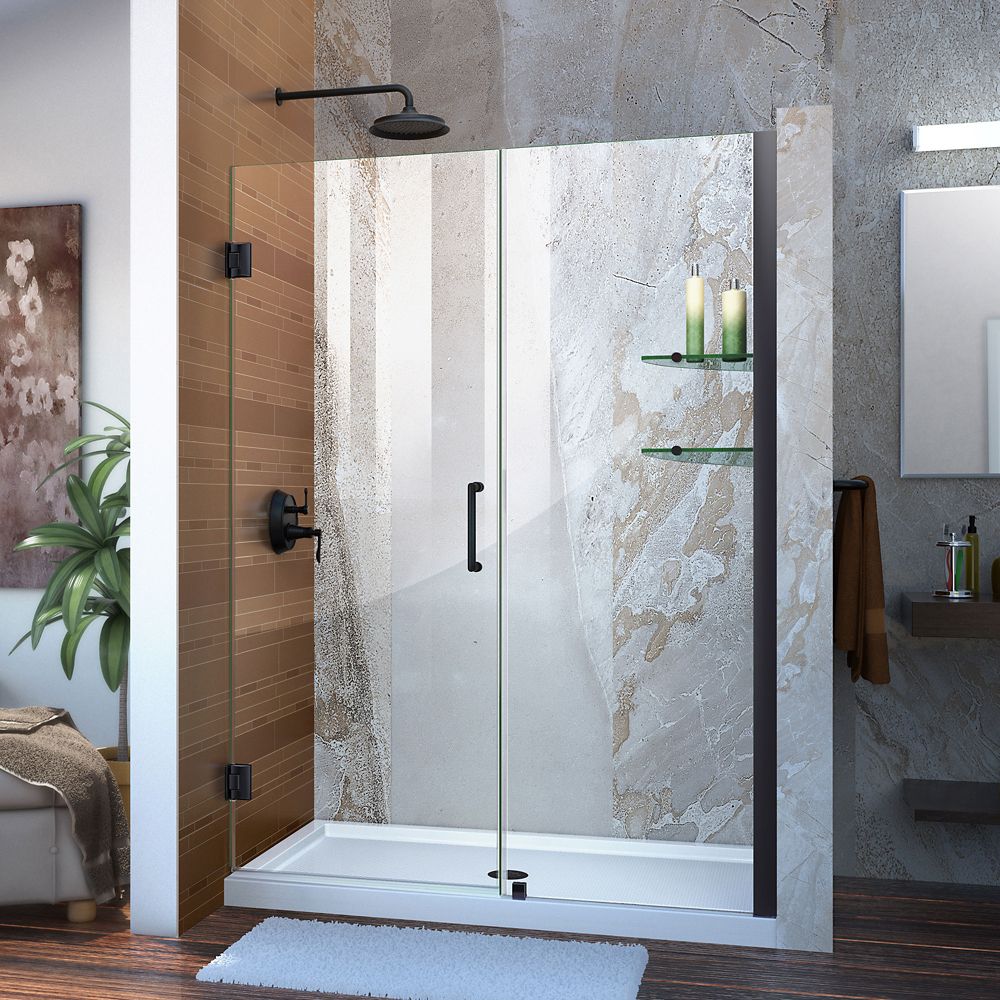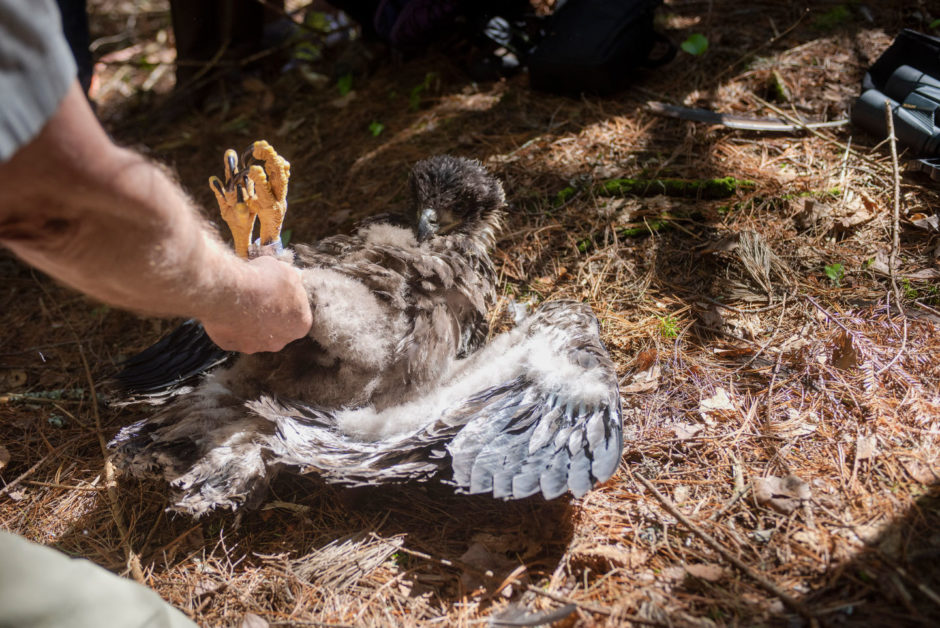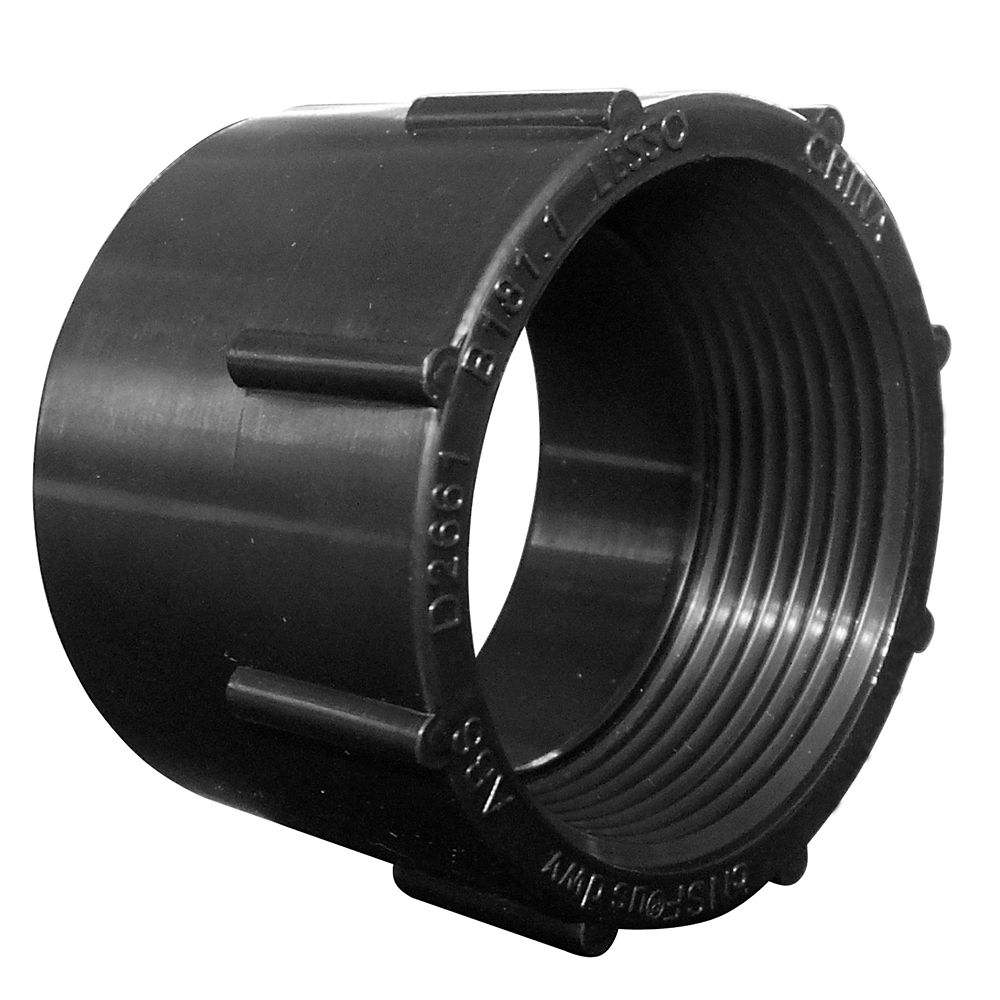Table of Content
You can do this two ways, the first is to use the specially designed joist finding screw and the second is is to use the floor register to locate the joist. You can do this by measuring 8 inches to either side of the center of the register. Once you do that, you should have located the approximate location of the joists. This replacement Driver Bit, can only be used with the Squeak-No-More repair kit designed for carpeted floors.
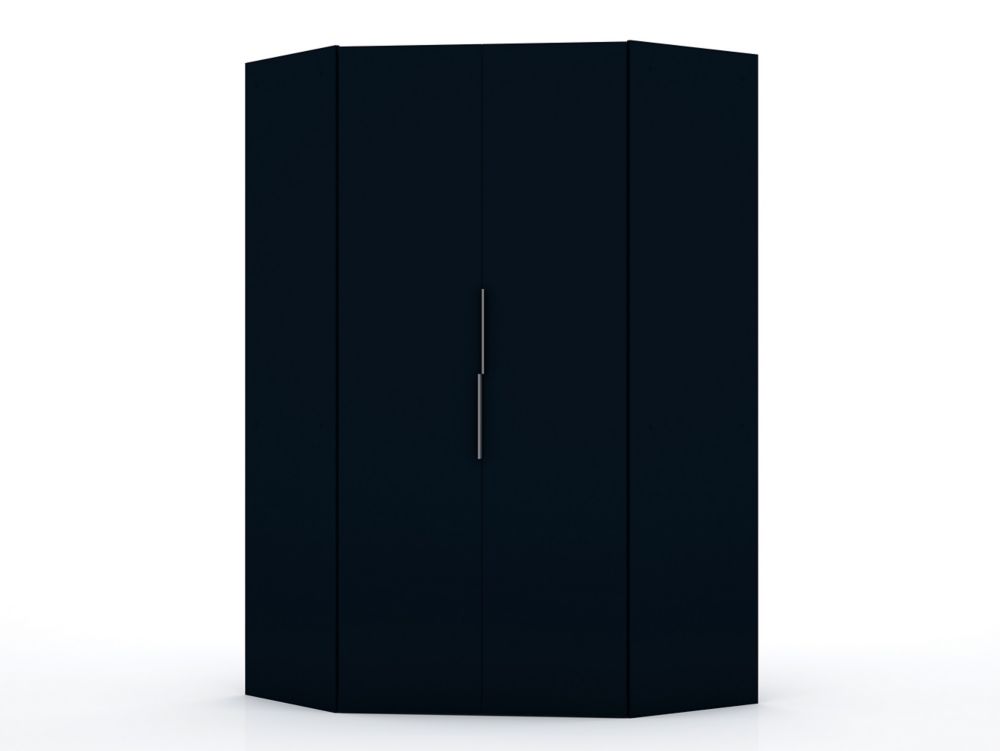
In our experience, we have seen floors utterly perforated with nails, especially in century homes, that squeak like no other. You are just adding ugly nails that will loosen and rust, especially in high traffic areas. More importantly, you run a real risk of making the problem worse.
Squeaker Special:
There may be a hidden nail rubbing, or a cross brace moving. In other words, you’d be lucky if this solution removes your particular squeak. The Squeeeeek No More kit, and products like it, contain specially designed screws that are built to have tear-off heads so you won't notice them on the floor.
Besides which, over time the brackets may loosen and contribute to a squeak themselves! So, if you plan to cover up the area that you fastened these products may only add to your squeaks in the future. You will need to first find the joist in order to locate the area to be repaired.
Squeeeeek No More - Kit
Home Depot Canada has even pulled the product from their shelves because of customer complaints. You can probably skip ahead to the next debunked tip, because if they don't work, then there is no reason to waste money and time with it. We might only be squeak repair experts and not interior designers, but we don't care for the look of a floor riddled with screw heads and shiny nail heads. The reality is that your effort to make the floor noiseless will make the floor quite ugly.
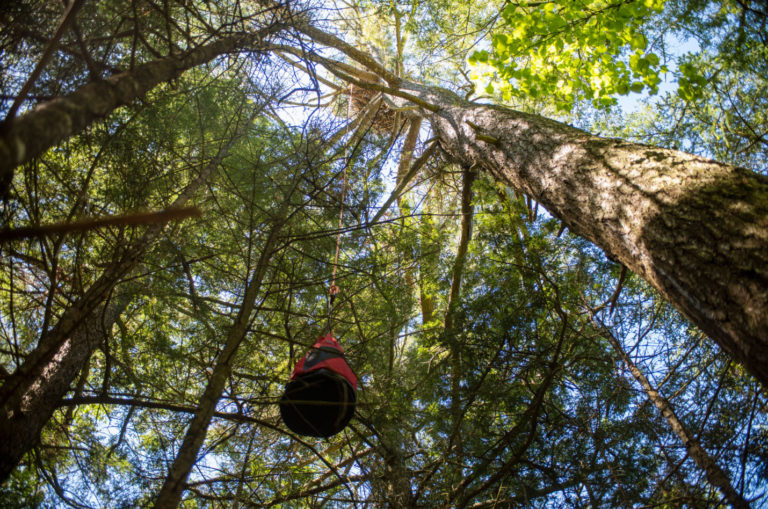
I ended up pulling up that corner of carpet just to see what was going on and then I used normal screws and put the carpet back on top. You’ll find recommendations to use tiny finishing nails to tighten the floor down, with a minimal visual effect. Finishing nails are indeed tiny, and there lies their fault. The smooth, narrow and practically headless nails have almost no strength to stay put.
Related Products:
To do this, you need to straddle the fixture with your feet and press down on the fixture as hard as possible. If you feel the need to kneel down to use the drill, you would actually be compressing an area about two feet away from where you should. If this is the case, we recommend that someone else stand in the area while you do the screwing. In the video, this step was omitted for demonstration purposes only. In cooperation with the manufacturer, we now have available for sale the original industrial grade Squeak-No-More Pro kit with the virtually indestructible Zinc fixture . You will not find this professional grade kit at your local hardware, or big box store, nor at any other online retailer.

Firstly, this advice is only applicable when you have open access to the floor structure from below. If you have a finished basement or the squeak is on an upper floor then you are out of luck. Without a significant renovation you are not going to be able to get a shim into the necessary places. However, if you're not going to be ripping up carpet and are fairly certain the squeaks are caused by floor to joist gaps, this definitely works.
Installation is easy with no special tools required. Recommended for all carpeted floors including tight weave carpets such as Berber. If you want to silence your squeaky floors, without risking their integrity and appearance, bring in the experts from Squeak Knights. We have diagnosed and permanently silenced hundreds of floors in the Greater Toronto Area. Give us a call and book an assessment with the professionals. As you already know, squeaky floors can be maddening and it's probably one of the most common homeowner complaints you'll hear about.
The framer decided to install a rotten sheet of plywood strategically in the hallway, right by entrances to the hallway. I lessened the squeak a bit by taking a piece of 2x4, plastered one side with silicone, snugged it against the rotten floor board from below and screwed the 2x4 into the joist. The silicone offered a soft cushion that does not squeak. We've done dozens of repairs after a client tried the kit and realized after a few short days that it didn't work.
It would be pretty hard to make your own screws that would do what these do. As noted in the video, the screw has different pitch along its length, 8 threads/inch and 9 threads/inch. This way the 8 thread section will drive in faster than the 9 thread and will pull the floor board into the joist. You also need to have access from below, so any finished basements or second-floor squeaks are unable to be fixed with this method.
Here's the result; nasty damage to the beautiful floor and a proud sharp edge. I have a carpet flooring and screw it into the studs. The kit plus an extra 50 pack of screws is 29.95 including the shipping to Toronto. Since the repair is blind and the joist is only 1 1/2 inches wide, the probability that you would hit it dead on is pretty low. That’s the reason extra screw packs are recommended for purchase when anticipating making multiple repairs. When using the Squeak-No-More system, it is imperative that the floor be compressed at the point of insertion.
If you need additional screws, click the related products below to add them to your order. I saw that too, but surely a single size thread screw would be 95% effective. I bought it a few years ago locally from one of the big box stores, so it must have either been HD or Rona . Check the carpet aisles and it's probably just hanging from the shelves and not on a big display. Maybe I can make a few screws that would break with a bit of a tug. In addition, when you position the screw in the carpet, you should use your fingers to open up the weave and position the screws directly into the jute.
When using the joist finder screw, you need only insert the screw about 1 1/2 inches. If you’re still biting material, you’ve located the joist and the screw should be removed. If you send the screw all the way down, it proves nothing and may actually shorten the life of the screw.

